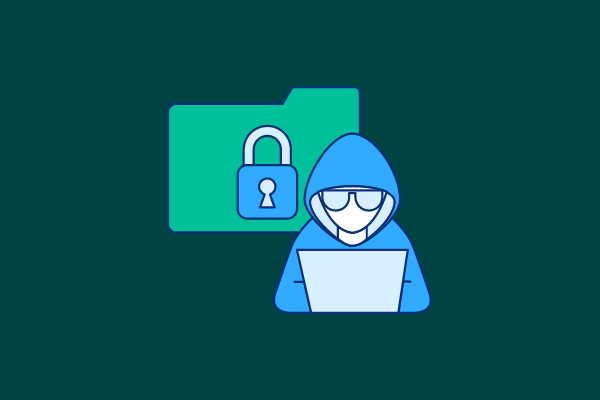
Understanding Ransomware
As employees embrace a new, flexible way of working, cyber security concerns continue to rise across the globe. Since the start of COVID-19, the FBI reported a 300% increase in cyber crime. According to the UK government 46% of businesses have faced a cyber breach in the last 12 months. It’s never been more important to protect your business and clients from cyber-attacks.
One of the most popular ways cyber criminals (or hackers) attack users is by delivering ransomware on their devices. The FBI defines ransomware as a type of malicious software, or malware, that prevents you from accessing your computer files, systems, or networks and demands you pay a ransom for their return. When your data is held hostage like this, the consequences can be costly.
The average payment following a ransomware attack increased from $115,000 (£84,000) in 2019 to $312,493 (£228,000) in 2020. Many organizations pay the ransom in hopes of retrieving their lost data, but this only gives victims the opportunity to access their data again and doesn’t necessarily take it back from the criminals.
Not only can a ransomware attack lead to huge financial losses, but this can lead to a severely damaged reputation. Your clients count on you to protect their information, so if they find themselves as a victim of a cyber-attack, they will quickly lose their trust in you and take their business elsewhere.
The most common way hackers deliver ransomware is via email phishing. Email phishing is the process in which hackers send emails directly to you under the guise that it is coming from a trusted sender. They include links and attachments that appear to be legitimate but result in users downloading the malware with a single click.
So how can organizations effectively defend against phishing attempts?
Prevention & Education
One of the most effective approaches to protect you and your employees from falling victim to ransomware attacks is through proper education. Inform your staff on the dangers of cyber-attacks and how to recognize suspicious emails by:
- Confirming that it’s coming from a trusted sender;
- Verifying that any included links direct to trusted websites;
- Scanning attachments for viruses before downloading.
Some other ways to protect your staff include:
- Implementing security training with frequent sessions and simulated cyber-attacks;
- Backing up your data frequently and in various secure locations so that, in the event of an attack, you can recover your data as quickly as possible.
By utilizing a cloud-based solution like SmartVault, your documents are not only being backed up automatically, but are also encrypted while at rest. This removes the manual process of having to back up and encrypt your data yourself.
- Developing processes and educating your team on how to properly send and receive sensitive and confidential documents to one another and to your clients.
- Restricting access to sensitive data and documenting who has permission to view confidential information
- Utilizing a password manager to securely store your existing passwords and generate secure passwords for various websites and accounts.
- Applying two-factor authentication where possible.
Secure File Sharing
Never exchange sensitive and confidential information via email as emails don’t simply move from senders to recipients. In fact, an email makes multiple stops across multiple servers unprotected before it reaches its destination – leaving emails vulnerable and at the mercy of the server administrator.
Instead, utilize a secure, cloud-based document management system with a built-in secure client portal like SmartVault to store, organize, and share documents between your staff, clients, and any third-party vendors. With a solution like this, you can enjoy the ease and convenience of sharing files in the cloud, without compromising on security.
Ready to enhance your cybersecurity with a secure portal and document management system? Schedule a 15-minute demo to learn how SmartVault protects your data and strengthens your cybersecurity framework.



